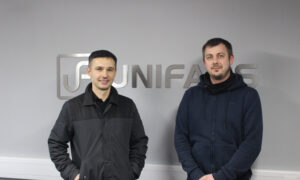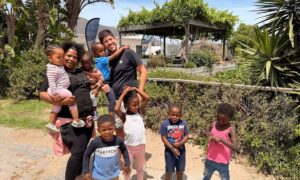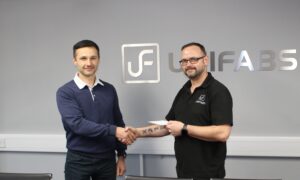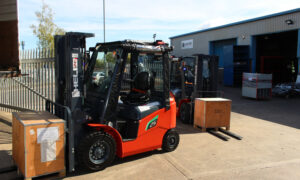Here are some frequently asked questions about welding
Have a question of your own?
Please get in touch
+44 (0)2476 393889
sales@unifabs.eu
Different types of welding processes include:
MIG Welding – Gas Metal Arc Welding
TIG Welding – Gas Tungsten Arc Welding
Stick Welding/Arc Welding
Plasma Arc Welding
Laser Welding
Electron-Beam Welding
Atomic Hydrogen Welding
Electroslag
For more detailed information on types of welding processes, visit this link.,
Welding is typically associated with joining metals, but other materials, such as thermoplastics, can also be welded. Some weldable metals include stainless steel, carbon steels, aluminium, copper, cast iron, nickel, and titanium.
At Unifabs we have the expertise and technology to provide welded fabrications in mild steel, stainless steel, zintec and aluminium. While steel is generally considered the easiest to weld, aluminium is more challenging due to its higher thermal conductivity and its low melting point alloys and will require a more experienced welder to produce a quality weld.
Although you can weld other metals from the list above, they often require additional processing or technology. For example, high carbon steels typically need preheating and post-weld treatment, titanium may require shielding to prevent oxidation, and some metals can only be welded in a vacuum.
Contact us for your mild steel, stainless steel, zintec and aluminium welding requirements.
The main difference between MIG and TIG welding is the type of electrode used. In MIG welding, the electrode wire is consumable and melts during the process to create the weld pool. In TIG welding, the electrode is non-consumable, and the parent metal and filler rod melt to create the bond.
Spot or resistance welding is the process of joining two or more sheets of metal together through the application of pressure and heat from an electric current. There is no filler material used in spot welding, it works by applying pressure and heat to the weld area using copper electrodes which convey an electrical current through the weld pieces. Upon melting the current is turned off and the pressure from the electrodes is maintained. The melted metal solidifies to form the join.











